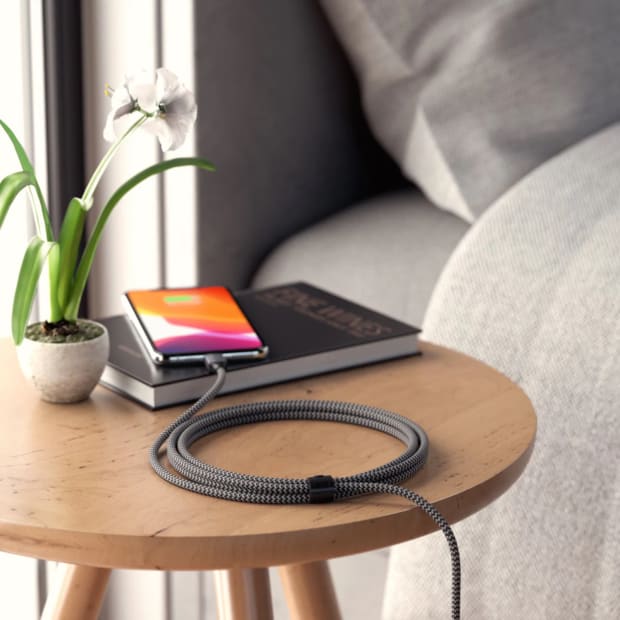Now that the EU has made its final decision, forcing Apple (AAPL) (and all other tech companies) to make their hardware compatible to charge with a USB-C charger, the question remains: which charger is better?
Apple introduced its Lightning connector in September 2012, an upgrade to its 30-pin dock connector. But a decade later, the company will need to make new plans by the time the new rules take effect at the end of of 2024.
Here's a look at the size difference, data transmission rates, durability, and other differences between the two charging ports, as well as a few other comparisons to determine whether the EU is providing a better deal for citizens of the economic bloc.

Lightning vs. USB-C Specs
Lightning ports are smaller than USB-C, with each charger port measuring 0.26 inches by 0.26 inches. The protective cover of the USB-C port measures 0.49 inches at the base and 0.33 inches at the top. The actual charging port matches the Lightning at 0.26 inches tall.
Lightning ports support USB 2.0 and transmit data at a rate of 480Mbps, but USB-C ports transmit data at USB 3.0 speed, as fast as 640Mbps.
And while there's no official data from Apple, tech blog UGreen points out that USB-C cables have covers on them, unlike the Lightning where the copper pins are exposed. USB-C can reportedly withstand 10,000 cycles of being plugged and unplugged.
As for charging specs, the Lightning cable supports 20W fast charging on the iPhone 13. That speed can charge your phone 50% in 30 minutes.
Meanwhile, USB-C cable can support fast charging up to 240W and is compatible with a range of fast charging options.
EU Commission Decision Comes Down
Two years ago the European Commission outlined plans to force all tech companies to use a single charging port.
Two years from now Apple (AAPL) will have to acquiesce to those plans after the regulatory commission passed new rules.
By the end of 2024, all mobile phones sold in the economic bloc, including iPhones, will be required to be equipped with a USB Type-C charging port after the Commission passed the law with a 602-13 vote.
"The common charger will finally become a reality in Europe. We have waited more than ten years for these rules, but we can finally leave the current plethora of chargers in the past," said Alex Agius Saliba, a member of the European Parliament.
He also called the new law "future-proof."
The new law governs:
- mobile phones
- tablets
- digital cameras
- headphones and headsets
- handheld videogame consoles and portable speakers
- e-readers
- keyboards
- mice
- portable navigation systems
- earbuds and laptops that are rechargeable via a wired cable, operating with a power delivery of up to 100 Watts
Both Samsung (SSNLF) and Huawei will also be affected by the new rules. Half of the chargers sold with mobile phones in 2018 had a USB micro-B connector, while 29% had a USB-C connector and 21% had an Apple Lightning connector, according to Reuters.
The EU says that customers being able to re-use chargers will help consumers save up to 250 million euro a year.







